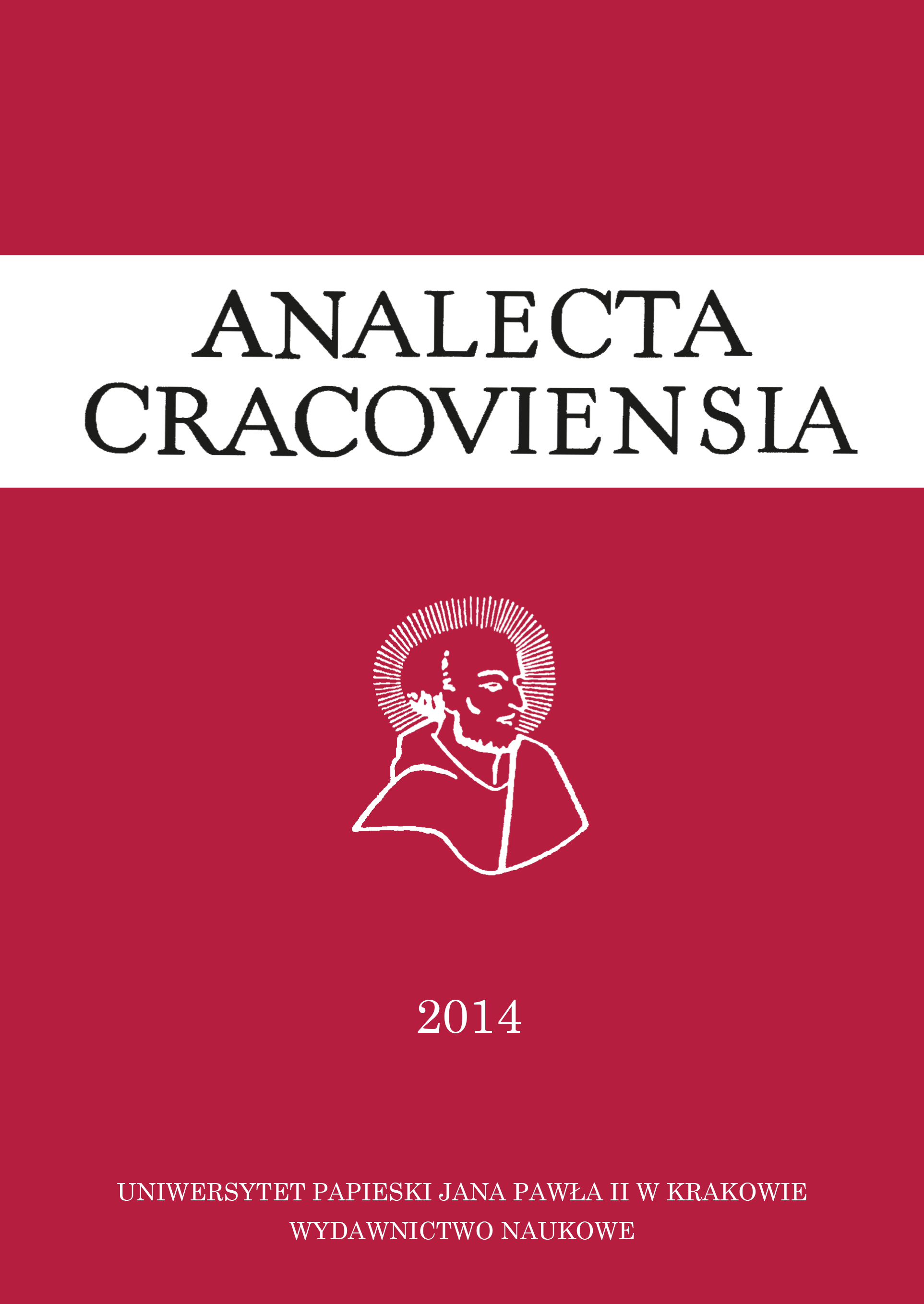Salvific dimension of Theokalia in Koran and islamic iconoclasm
DOI:
https://doi.org/10.15633/acr.957Keywords:
islam, islamic iconoclasm, Koran, salvation, theokaliaAbstract
God as the salvific subject discloses through names in Koran. In names of God is His Beauty concretizated. The mistery of God revealed in Koran according to islamie belief can apprehend in the category of theokalia (ﺃﻷﺳْﻤَﺎﺀُ ﺍﻠﺤُﺴْﻨﻰ ʼal-ʼasmāʼu l-ḥusnà). God is ascertained and handled through man in concrete names. According to islamie teachings, the Koran was revelated to the prophet Muhammad in the Arabic language. He heard the first of these revelations in the cave of Hira with a voice commanding him: “Recite in the name of the Lord who created all things. […] Recite! For the Lord is most Beneficent” (S. XCVI, 1–5). The salvation in Koran is regarded as desire of viewing divine countenance (S. II, 272; VI, 52; XIII, 22; XVIII, 28; XXX, 38.39; XCII, 20). All salvated people will collapsed with human faces in front of God’s Majesty and dignified glory divine countenance (S. II, 255). Here on esrth islamic rosary (ﺳُﺒْﺤَﺔ subḥatun; ﻣِﺴْﺒَﺤَﺔ misbaḥatun; ﺗﺴْﺒِﻴﺢٌ tasbīḥun) is the concretisation of ontic Beauty of God. Specifing the beautiful names of God the muslim handles divine countenance (ﻭَﺟْﻪُ ﷲِ wağhu l-lāhi) – sees icon of God. Muslim rosary realizes the substitute function of icon. Islam is aniconic religion, because Koran doesn`t comprehend immediate prohibition of making the images of God and human figures. Koran prohibits to worship idols (S. XXI, 52 nn; XXXIV, 13). Creator of islam excludes the thinking about “images of God” (ﺻُﻮَﺭُ ﷲِ ṣuwaru l-lāhi), because in this mode representation of God in heaven will be created by human beings. God is totaly souvereign. The talking about God as “watching” or “watched” (ﻣَﻨْﻈﻮﺭٌ manẕūrun) will be suggested, that He is “created” (ﻣُﺼَﻮﱠﺭٌ muṣawwarun) by human imagination. It`s compatible with confession of absolute monotheism. The term aniconic of islam is nearer the truth than islamic iconoclasm.
References
Abdalati H., Spojrzenie w islam, przeł. B. Kopański, b.m.w. 1993.
Abu Qurrah T., A treatise on the veneration of the holy icons (Eastern Christian Texts In Translation), prep. S. H. Griffith, Louvain 1997.
Abū Al-Qāsim Al-Qušayrī, Ar-Risāla al-Qušayriyya, czyli Traktat o sufizmie, przeł. J. Nosowski, Warszawa 1997.
Burckhardt T., Art of Islam: language and meaning, Bloomington 2009.
Danecki J., Kultura i sztuka islamu, Warszawa 2003.
Gaudefroy-Demmombynes M., Narodziny islamu, przeł. H. Olędzka, Warszawa 1988.
Grabar O., The formation of Islamic art, New Haven 1973.
Ibn Kathīr, Tafsir Ibn Kathir abridget by a group of scholars under the supervision of Sheykh Safiur-Rahman Al-Mubarakpuri, t. 1–10, Riyāḍ–Ğiddah– ̕Al-Ħubar–Šarğah–Lahore–Lindon–Houston–New York 2003.
Kitab S., Dekalog żydowsko-chrześcijański w oczach islamu, Toruń 2002.
Klauza K., Teokalia – piękno Boga, Lublin 2008.
Kościelniak K., Tradycja muzułmańska na tle akulturacji chrześcijańsko-islamskiej od VII do X wieku. Geneza, historia i znaczenie zapożyczeń nowotestamentalnych w hadisach, Kraków 2001.
Mozzati L., Islamic art: architecture, painting, calligraphy, ceramics, glass, carpet, New York 2010.
Nosowski J., Teologia Koranu. Wykład systematyczny, Warszawa 1976.
Pedica S., Il Volto Santo nei documenti della Chiesa, Torino 1960.
Safadi Y. H., Islamic calligraphy with 200 illustrations, London 1978.
Schafer E., The rosary in islam, „The Muslim World” Vol. 21 (October 1931) Issue IV, s. 329–343.
Vasiliev A. A., The iconoclastic edict of the Caliph Yazid II, A. D. 721, „Dumbarton Oaks Papers” Vol. 9–10 (1956), s. 23–47.
Vasiliev A. A., Bizancjum i islam, [w:] Bizancjum. Wstęp do cywilizacji wschodniorzymskiej, opr. N. H. Baynes, H. S. L. B. Mose, przeł. E. Zwolski, Warszawa 1964.
Downloads
Published
Issue
Section
License
Copyright (c) 2015 Marek Micherdziński

This work is licensed under a Creative Commons Attribution-NonCommercial-NoDerivatives 3.0 Unported License.
Authors who publish with this journal agree to the following terms:
- Authors retain the copyright and full publishing rights without restrictions, and grant the journal right of first publication with the work simultaneously licensed under a Creative Commons Attribution 4.0 International License that allows others to share the work with an acknowledgement of the work's authorship and initial publication in this journal.
- Authors are able to enter into separate, additional contractual arrangements for the non-exclusive distribution of the journal's published version of the work (e.g., post it to an institutional repository or publish it in a book), with an acknowledgement of its initial publication in this journal.
- Authors are permitted and encouraged to post their work online (e.g., in institutional repositories or on their website) prior to and during the submission process, as it can lead to productive exchanges, as well as earlier and greater citation of published work (See The Effect of Open Access).

